The good news for the Academic Acolytes is that their gainful employment is guaranteed in the short term because new discoveries must be careful shaped and retro-fitted onto the existing Etruscan Ecclesiastical Empire embroidery they call history.
The bad news for the Academic Acolytes is that the warp and weft of their underlying historical fabric is flimsy, frayed and failing.
Therefore, in the longer term, the Academic Acolytes are doomed to extinction [just like the Dodo] because their narratives [and frantic arm waving] simply don't fly.The terms warp and weft refers to the threads that make up a loomed or woven fabric. Warp threads are the threads that run along the length of the yardage and parallel to the selvedge. Weft threads are the threads that run from selvage to selvage (side to side).
Embroidery Basics: Warp and Weft - Cheryl Fall
The Challenge
If you've got some time [and brain cells] to kill over a wet weekend then try getting your head around how the Etruscan Ecclesiastical Empire [and their Academic Acolytes] went about distorting and duplicating elements of Iranian history.
The central challenge is to unscramble the historical narrative that's been mangled and mutilated to accommodate the Western narratives of the Roman Empire and Ancient Greece.
There are four mainstream narratives that cover the same ground.
Are any of them vaguely truthful?
The Roman Narrative
The glorious Roman Empire narrative interacts with the Parthian Empire.
The Parthian Empire (247 BC - 224 AD), also known as the Arsacid Empire, was a major Iranian political and cultural power in ancient Iran and Iraq.This narrative appears to be very important to the Etruscan Ecclesiastical Empire because [officially] Armenia subsequently became the first Christian state in 301 AD.
https://en.wikipedia.org/wiki/Parthian_Empire
The Roman - Parthian War of 58 - 63 or the War of the Armenian Succession was fought between the Roman Empire and the Parthian Empire over control of Armenia, a vital buffer state between the two realms.
https://en.wikipedia.org/wiki/Roman%E2%80%93Parthian_War_of_58%E2%80%9363
The Parthian Empire narrative appears to have been stitched together by the Etruscan Ecclesiastical Empire and stretched to cover the decimated void between 607 and 912 CE.Armenia became the first state in the world to adopt Christianity as its official religion.
In between the late 3rd century to early years of the 4th century, the state became the first Christian nation.
The official date of state adoption of Christianity is 301 AD.
https://en.wikipedia.org/wiki/Armenia
The Byzantine Narrative
The 471 year long Parthian Empire storyline [above] may well have been cloned, shaped and stretched based upon the 427 year long Sasanian Empire [below] which [in it's turn] may have been shaped so that the Byzantine Empire storyline could be retro-fitted.
The Sasanian Empire, also known as Sassanian, Sasanid, Sassanid or Neo-Persian Empire), known to its inhabitants as Ērānshahr in Middle Persian, was the last imperial dynasty in Persia (Iran) before the rise of Islam, ruled by and named after the Sasanian dynasty from 224 to 651 AD.The Hellenistic Narrative
https://en.wikipedia.org/wiki/Sasanian_Empire
The Byzantine - Sasanian War of 602 - 628 was the final and most devastating of the series of wars fought between the Byzantine (Eastern Roman) Empire and the Sasanian Empire of Persia.
...
By the end of the conflict both sides had exhausted their human and material resources.
https://en.wikipedia.org/wiki/Byzantine%E2%80%93Sasanian_War_of_602%E2%80%93628
The Roman - Persian Wars [54 BC - 628 AD] were a series of conflicts between states of the Greco-Roman world and two successive Iranian empires: the Parthian and the Sassanid.
https://en.wikipedia.org/wiki/Roman%E2%80%93Persian_Wars
The third mainstream "Empire" narrative actually connects North West India to Greece and looks suspiciously like the cultural land bridge that enabled Vedic Culture to spread from India into Greek and Western Europe.
The Ancient Greek Narrative
The Seleucid Empire was a Hellenistic state ruled by the Seleucid dynasty, which existed from 312 BC to 63 BC; it was founded by Seleucus I Nicator following the division of the Macedonian empire vastly expanded by Alexander the Great.
https://en.wikipedia.org/wiki/Seleucid_Empire
The foundations of Western Civilisation are said to have been built upon the foundations provided by the Cradle of Western Civilization aka Ancient Greece.
Classical Greek culture, especially philosophy, had a powerful influence on ancient Rome, which carried a version of it to many parts of the Mediterranean Basin and Europe.Therefore, it's vitally important for the Academic Acolytes and Etruscan Ecclesiastical Empire that their fabulous Alexander the Great narrative precedes the Seleucid Empire because the Out of India narrative is totally unacceptable.
For this reason Classical Greece is generally considered to be the seminal culture which provided the foundation of modern Western culture and is considered the cradle of Western civilization.
https://en.wikipedia.org/wiki/Ancient_Greece
The DNA Clue
Alexander III of Macedon (356 BC - 323 BC), commonly known as Alexander the Great, was a king (basileus) of the Ancient Greek kingdom of Macedon[a] and a member of the Argead dynasty.
...
He spent most of his ruling years on an unprecedented military campaign through Asia and northeast Africa, and he had created one of the largest empires of the ancient world by the age of thirty, stretching from Greece to northwestern India.
He was undefeated in battle and is widely considered one of history's most successful military commanders.
https://en.wikipedia.org/wiki/Alexander_the_Great#Persia
However, even the best creative writing can't mask the linguistic and DNA evidence.
In historical times we find the major portion of Iran occupied by peoples of Indo-European origin, terming themselves Aryans (Arya; Zend, Airya) and their language Aryan - so in the inscriptions of Darius - the same name, which is used by the consanguineous tribes of India who were their nearest relations.The Horse Clue
...
That the Iranians must have come from the East to their later home, is sufficiently proved by their close relationship to the Indians, in conjunction with whom they previously formed a single people, bearing the name Arya.
Encyclopædia Britannica- 1911 - Persia
https://en.wikisource.org/wiki/1911_Encyclop%C3%A6dia_Britannica/Persia
"Aryan" is a term meaning "noble" which was used as a self-designation by Indo-Iranian people.
The word was used by the Indic people of the Vedic period in India as an ethnic label for themselves, as well as to refer to the noble class and geographic location known as Āryāvarta where Indo-Aryan culture was based.
The closely related Iranian people also used the term as an ethnic label for themselves in the Avesta scriptures, and the word forms the etymological source of the country Iran.
https://en.wikipedia.org/wiki/Aryan
See: Catastrophic English: Mother Tongue and mtDNA
One of the more curious East To West connections is the horse.
It appears, then, that towards the middle of the second millennium before Christ, the Iranians made a great forward movement to the West, and that certain of their princes - at first, probably in the role of mercenary leaders - reached Mesopotamia and Syria and there founded principalities of their own, much as did the Germans under the Roman Empire, the Normans, Turks, &c.Perhaps this explains the photo-shopped mosaic in the Basilica of San Vitale, Ravenna.
With this we may probably connect the well-known fact that it was about this very period (1700 B.C. approximately) that the horse made its appearance in Babylonia, Egypt and Greece, where for centuries subsequently its use was confined to war and the war-chariot.
Before this it was as foreign to the Babylonians, even in the time of Khammurabi, as to the Egyptians under the XIIth Dynasty.
On the other hand, it had been familiar to the Aryans from time immemorial: indeed they have always been peculiarly a people of riders.
Thus it is quite conceivable that they brought it with them into Western Asia and the quarter from which it came is sufficiently indicated by the fact that the Babylonians write the word "horse" with a group of signs denoting "ass of the East."
Encyclopædia Britannica- 1911 - Persia
https://en.wikisource.org/wiki/1911_Encyclop%C3%A6dia_Britannica/Persia
The Architectural Clue
Although many ancient building have been re-branded, re-furbished and re-purposed it's arguable there's a visible Vedic architectural thread that connects India to Europe.
In Russian Orthodox church history, the Old Believers, more accurately Old Ritualists separated after 1666 from the official Russian Orthodox Church as a protest against church reforms introduced by Patriarch Nikon of Moscow between 1652 and 1666.As they say: You pays your money and you takes your choice...
https://en.wikipedia.org/wiki/Old_Believers
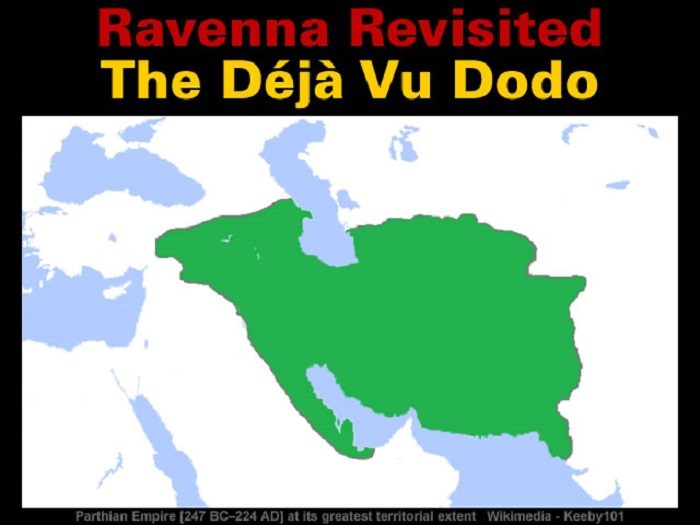
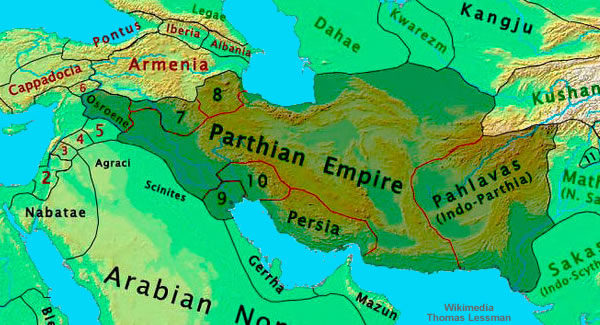
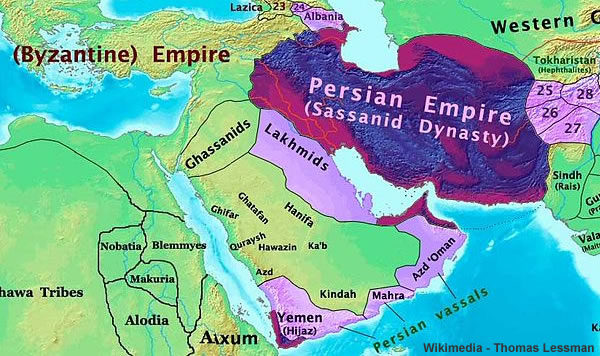
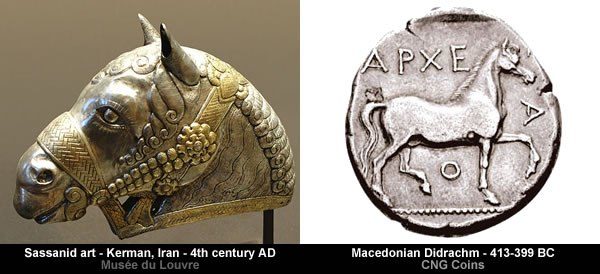
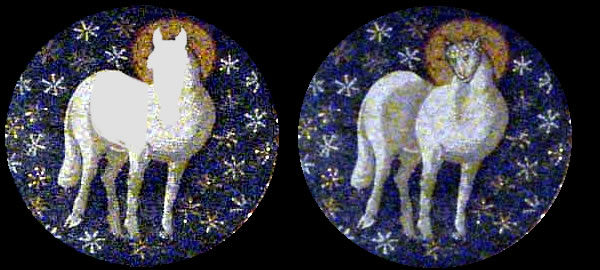
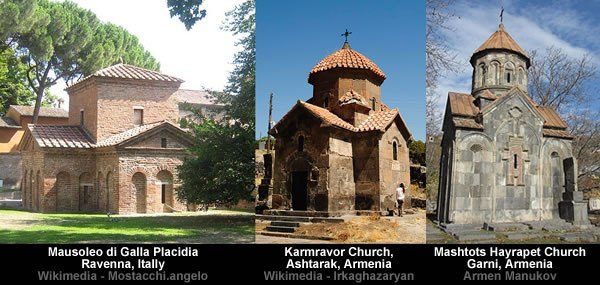
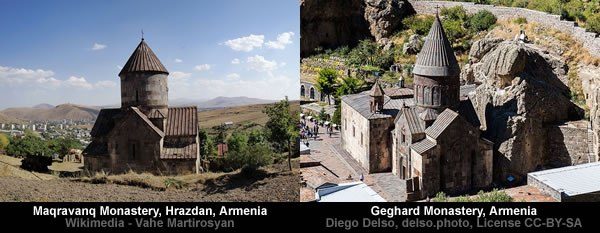
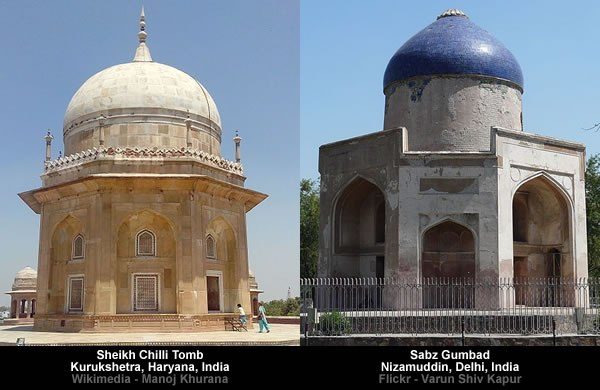


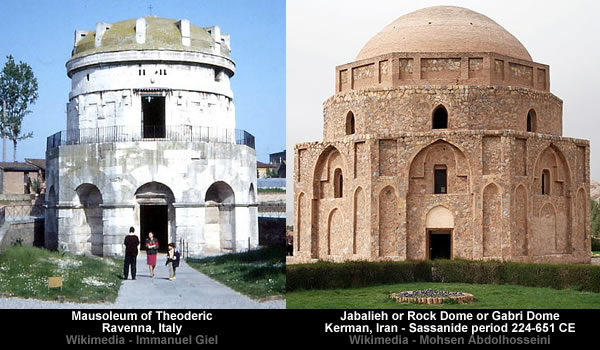
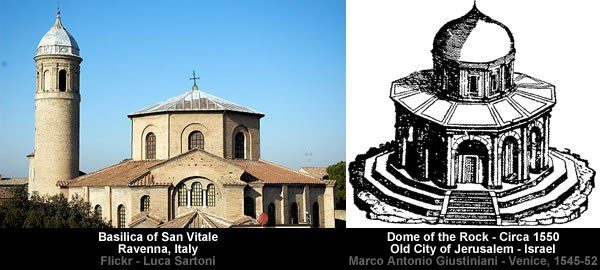
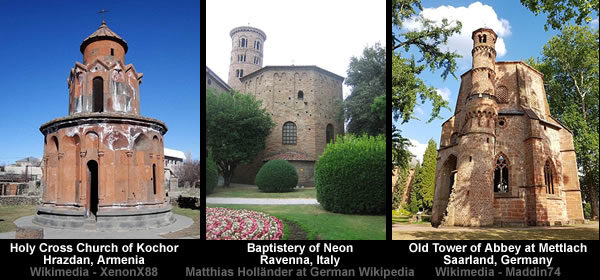
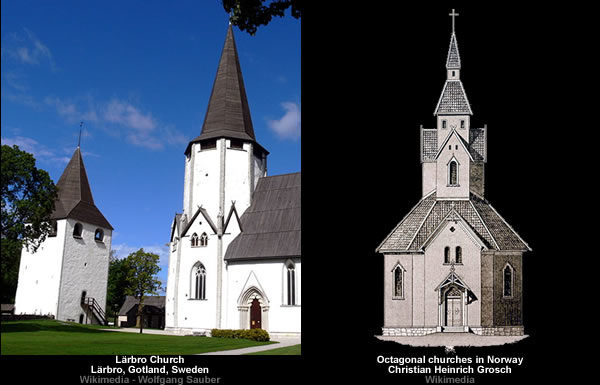
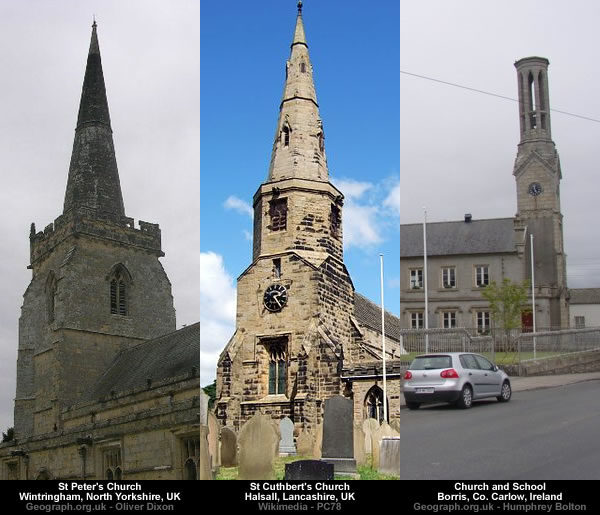
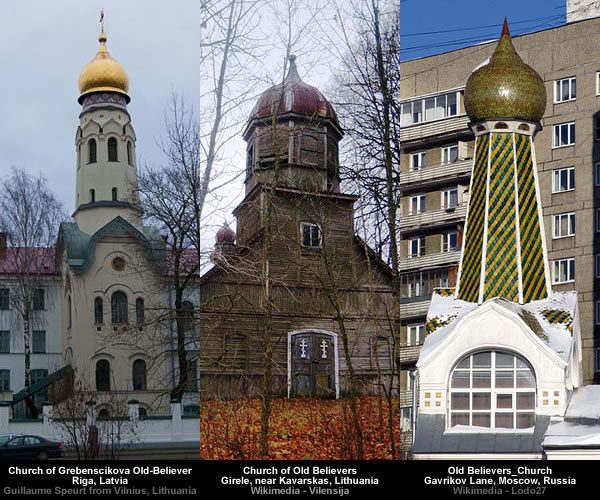



Reader Comments
The Author says;
"The central challenge is to unscramble the historical narrative that's been mangled and mutilated to accommodate the Western narratives of the Roman Empire and Ancient Greece."
There is changing narrative being undertaken by the officially approved scribes of the Archons because of new discoveries, revelations, secrets revealed. These scribes are the writers/scholars of the University System of Educational Indoctrination.
Those are the Acolytes.
Archon (Gr. ἄρχων, pl. ἄρχοντες) is a Greek word that means "ruler"
An acolyte is an assistant or follower assisting the celebrant in a religious service or procession.
Summary of Archons and Acolytes: An Academic Power Elite’s Assault on Basic Values and Institutions
[Link]
Abstract
When essential institutions of society are in disarray, intellectuals feel an irresistible urge to step beyond their fields of expertise to become archons not only of academic disciplines but of public policies as well. Often their brashness and their brilliance leads judges and bureaucrats, legislators and presidents, clerics and journalists to become the archons’ acolytes in a holy war of reform.
Archons and Acolytes: The New Power Elite by Clarence C. Walton
[Link]